Home>Renovation & DIY>Home Renovation Guides>How To Keep Bats Away From Eaves
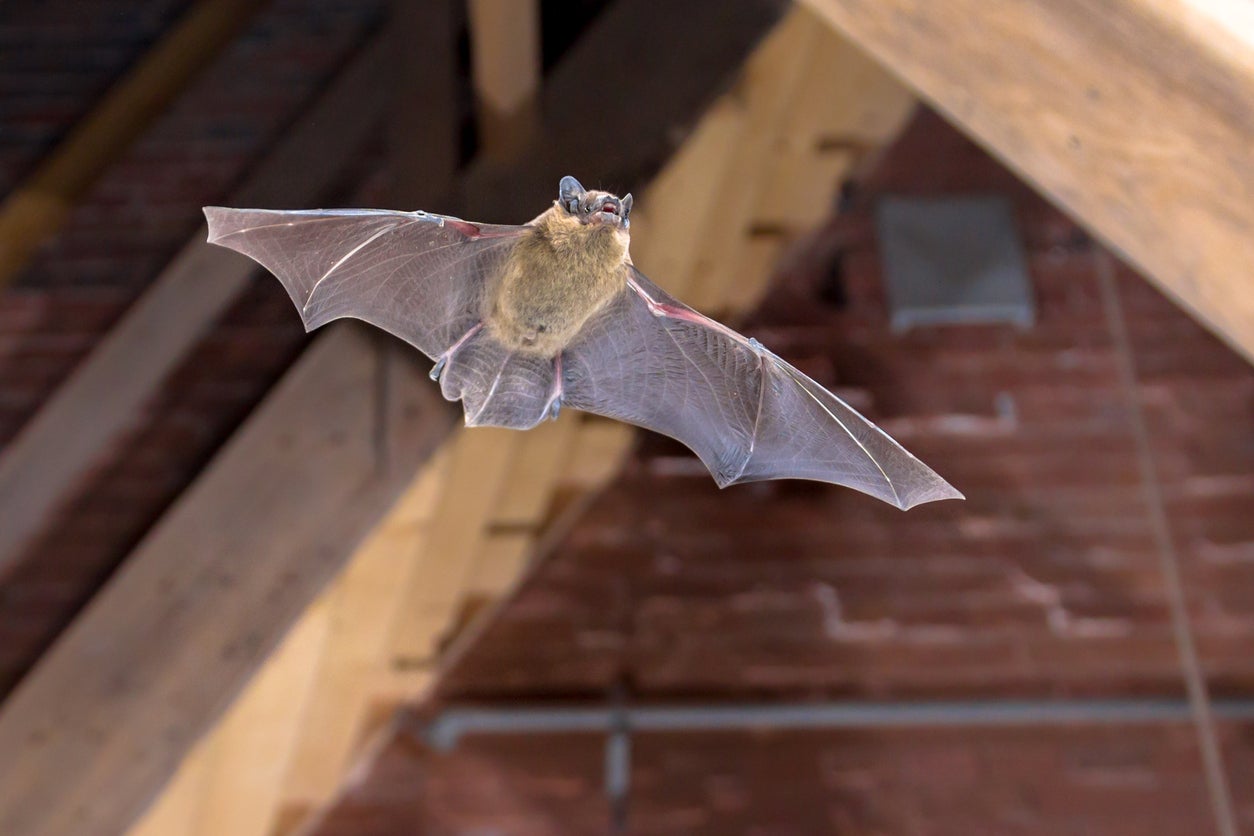

Home Renovation Guides
How To Keep Bats Away From Eaves
Published: February 2, 2024
Learn effective home renovation guides on how to keep bats away from eaves. Discover expert tips and solutions to protect your property.
(Many of the links in this article redirect to a specific reviewed product. Your purchase of these products through affiliate links helps to generate commission for Storables.com, at no extra cost. Learn more)
Introduction
Dealing with bats nesting in the eaves of your home can be a daunting challenge. These nocturnal creatures, while beneficial to the ecosystem, can cause disturbances and pose potential health risks when they take up residence in close proximity to humans. In this comprehensive guide, we will explore effective methods to keep bats away from eaves, ensuring a harmonious coexistence between humans and bats.
Bats are fascinating creatures, often misunderstood due to their elusive nature and association with darkness. They play a crucial role in controlling insect populations, making them valuable allies in maintaining ecological balance. However, when they roost in the eaves of homes, their presence can lead to issues such as noise disturbances, accumulation of guano, and the potential transmission of diseases such as rabies. Therefore, it becomes essential to address this situation with a humane and effective approach.
By understanding the behavior of bats and implementing natural deterrents, repellents, and exclusion methods, homeowners can encourage bats to seek alternative roosting sites, ensuring the safety and comfort of both humans and bats. Additionally, seeking professional assistance when necessary can provide expert guidance and support in managing bat-related concerns.
In the following sections, we will delve into the intricacies of bat behavior, explore natural ways to deter bats, discuss the use of repellents and deterrents, highlight the importance of sealing entry points, and provide insights into seeking professional help. By the end of this guide, you will be equipped with the knowledge and strategies needed to effectively keep bats away from eaves, fostering a peaceful cohabitation between humans and these remarkable winged creatures.
Key Takeaways:
- Understanding bat behavior is crucial for deterring them from eaves. By using natural methods and understanding their habits, homeowners can create a peaceful coexistence with bats.
- Sealing entry points and seeking professional help are essential for keeping bats away from eaves. These proactive steps ensure a secure and bat-free living environment.
Read more: How To Keep Dog Away From Fence
Understanding the Behavior of Bats
Bats are remarkable mammals known for their nocturnal habits and unique flying capabilities. Understanding their behavior is crucial in devising effective strategies to deter them from nesting in the eaves of homes. These fascinating creatures are highly adaptable and exhibit diverse roosting preferences, making it essential to comprehend their habits and tendencies.
One key aspect of bat behavior is their preference for roosting in dark, secluded spaces during the day. Eaves, with their sheltered and often inaccessible nature, provide an ideal environment for bats to rest and raise their young. Additionally, bats are social animals, often forming colonies in roosting sites, further emphasizing the need for comprehensive understanding when addressing bat-related concerns.
Furthermore, bats are highly sensitive to disturbances, particularly during their hibernation and maternity seasons. Disturbing bats during these critical periods can lead to stress and potential displacement, prompting them to seek alternative roosting locations, including the eaves of residential properties. By recognizing the seasonal patterns and sensitivities of bats, homeowners can implement proactive measures to discourage their presence in eaves without causing undue harm or disruption to the bats.
It is also important to acknowledge the foraging behavior of bats, as they play a vital role in controlling insect populations. By observing their flight patterns and foraging habits, homeowners can gain insights into the potential attractants that may draw bats to specific areas, including the eaves of homes. Understanding the ecological dynamics between bats and their environment is essential in developing sustainable and humane approaches to deterring them from eaves.
In essence, gaining a comprehensive understanding of bat behavior encompasses their roosting preferences, social dynamics, seasonal sensitivities, and foraging habits. By delving into these intricacies, homeowners can tailor their deterrence strategies to align with the natural tendencies of bats, promoting coexistence while safeguarding the integrity of residential spaces. This knowledge serves as a foundation for implementing effective and considerate methods to keep bats away from eaves, fostering a harmonious balance between humans and these remarkable winged creatures.
Natural Ways to Deter Bats
When it comes to deterring bats from nesting in the eaves of homes, employing natural methods can offer effective and environmentally friendly solutions. By leveraging the innate aversions and preferences of bats, homeowners can encourage these nocturnal creatures to seek alternative roosting sites, ensuring a peaceful coexistence. Here are several natural ways to deter bats from eaves:
-
Utilize Strong Scents: Bats have a keen sense of smell and are sensitive to strong odors. By strategically placing items with potent scents near the eaves, such as mothballs, essential oils (e.g., peppermint, eucalyptus, or cinnamon), or even garlic cloves, homeowners can create an environment that bats find unappealing. These scents can disrupt the olfactory senses of bats, prompting them to avoid the treated areas.
-
Install Ultrasonic Devices: Ultrasonic bat deterrents emit high-frequency sound waves that are disruptive to bats' echolocation and communication. These devices, designed to be environmentally safe and harmless to humans and pets, can be installed near eaves to create an uncomfortable sonic environment for bats, encouraging them to relocate to more favorable roosting locations.
-
Utilize Natural Predators: Installing owl decoys or attracting natural predators of bats, such as owls or hawks, can serve as a natural deterrent. Bats are instinctively wary of potential predators, and the presence of these avian hunters can discourage bats from roosting in the vicinity of eaves.
-
Enhance Lighting: Bats are nocturnal creatures that prefer dark, secluded spaces for roosting. By illuminating the areas around eaves with bright lights, homeowners can create an environment that is less conducive to bat roosting. This natural deterrent leverages bats' aversion to well-lit spaces, prompting them to seek alternative, darker roosting sites.
-
Implement Physical Barriers: Installing netting or mesh around the eaves can create a physical barrier that prevents bats from accessing and nesting in these areas. This approach allows bats to remain in the vicinity while deterring them from establishing roosts in the eaves, promoting a mutually beneficial coexistence.
By incorporating these natural deterrent methods, homeowners can effectively discourage bats from nesting in the eaves of their homes, fostering a harmonious living environment for both humans and bats. These natural approaches prioritize the well-being of bats while addressing the need to maintain the integrity of residential spaces, offering a balanced and considerate approach to deterring bats from eaves.
Using Repellents and Deterrents
When natural methods alone may not provide sufficient deterrence, homeowners can explore the use of repellents and deterrents specifically designed to discourage bats from roosting in the eaves of their homes. These targeted approaches leverage sensory aversions and behavioral disruptions to create an environment that is unappealing to bats, prompting them to seek alternative roosting sites. Here are several effective repellents and deterrents that can be employed to mitigate bat presence in eaves:
High-Frequency Sound Emitters
Ultrasonic bat repellents emit high-frequency sound waves that interfere with bats' echolocation and communication, creating an uncomfortable auditory environment for these nocturnal creatures. These devices are designed to be environmentally safe and harmless to humans and pets while effectively deterring bats from roosting in the vicinity of eaves. By disrupting bats' sensory perception, ultrasonic emitters encourage them to relocate to more favorable roosting locations, reducing their presence in residential eaves.
Read more: How To Keep A Pergola From Blowing Away
Aerosol Repellents
Aerosol repellents formulated with natural ingredients such as peppermint oil or other plant-based extracts can be applied to the eaves to create a repellent barrier against bats. These repellents capitalize on bats' aversion to certain scents, effectively discouraging them from roosting in treated areas. When applied in accordance with product instructions, aerosol repellents offer a targeted and non-invasive approach to deterring bats from eaves, providing homeowners with a practical tool to manage bat-related concerns.
Visual Deterrents
Visual deterrents, such as reflective tape or shiny objects strategically placed near eaves, can create visual disturbances that deter bats from roosting. Bats are sensitive to sudden movements and bright, reflective surfaces, making visual deterrents an effective means of disrupting their roosting behavior. By introducing visual stimuli that are unappealing to bats, homeowners can discourage their presence in eaves without causing harm, offering a humane and proactive approach to bat deterrence.
Environmental Modification
Modifying the immediate environment around eaves can serve as a deterrent to bats. For instance, introducing strong airflow or air currents near eaves can create an environment that is less conducive to bat roosting. Additionally, altering the thermal characteristics of the eaves through insulation or shading can make these areas less attractive to bats seeking roosting sites. By leveraging environmental modifications, homeowners can effectively discourage bats from establishing roosts in eaves, promoting a harmonious living space for both humans and bats.
By incorporating these targeted repellents and deterrents, homeowners can proactively manage bat presence in eaves, fostering a balanced and considerate approach to bat deterrence. These methods prioritize the well-being of bats while addressing the need to maintain the integrity of residential spaces, offering homeowners effective tools to mitigate bat-related concerns.
Sealing Entry Points
Proactively addressing potential entry points is a fundamental aspect of deterring bats from nesting in the eaves of residential properties. By identifying and sealing off access points that bats may utilize to gain entry into eaves, homeowners can effectively mitigate the risk of bat infestation while promoting a secure and bat-free living environment.
The process of sealing entry points begins with a thorough inspection of the exterior of the home, focusing on areas where eaves intersect with the roof, gaps in siding, vents, and openings around utility penetrations. These potential entry points serve as gateways for bats seeking shelter and roosting sites, making it imperative to address them with precision and thoroughness.
Utilizing durable materials such as caulk, weather-stripping, wire mesh, or foam insulation, homeowners can effectively seal off gaps, cracks, and crevices that may serve as entry points for bats. Ensuring a snug and secure seal is essential, as bats can exploit even the smallest openings to gain access to eaves.
In addition to sealing off existing entry points, it is crucial to consider the installation of bat-specific exclusion devices, such as bat cones or one-way doors, at identified entry locations. These devices allow bats to exit the eaves but prevent re-entry, facilitating a humane and effective method of encouraging bats to relocate to alternative roosting sites.
Furthermore, addressing potential entry points requires a meticulous approach that accounts for the seasonal behaviors and sensitivities of bats. Timing the sealing of entry points to coincide with periods when bats are not actively roosting in eaves, such as during the summer months, can minimize the risk of inadvertently trapping bats inside the eaves.
By diligently sealing entry points and implementing bat-specific exclusion devices, homeowners can fortify the integrity of eaves while creating a deterrent barrier that discourages bats from establishing roosts. This proactive approach not only safeguards residential spaces from bat infestation but also promotes a harmonious coexistence between humans and bats.
In essence, the process of sealing entry points is a proactive and essential component of bat deterrence, offering homeowners a practical and humane means of mitigating the risk of bat presence in eaves. By prioritizing thoroughness, precision, and consideration for bat behavior, homeowners can effectively create a secure and bat-free environment, ensuring the well-being of both humans and bats.
Seal any gaps or cracks in the eaves to prevent bats from roosting. Use materials like caulk, mesh screens, or foam insulation to block entry points.
Read more: How To Keep Insects Away From The Patio
Seeking Professional Help
When natural and DIY methods may not yield the desired results or when dealing with extensive bat infestations, seeking professional assistance becomes a prudent course of action. Professional wildlife control experts, often specializing in bat removal and exclusion, possess the expertise, experience, and resources necessary to address bat-related concerns effectively.
Professional bat removal services typically commence with a comprehensive assessment of the property to identify roosting sites, entry points, and the extent of bat infestation. This meticulous evaluation allows experts to develop tailored strategies for bat exclusion and relocation, taking into account the specific roosting behaviors and seasonal sensitivities of bats.
Utilizing humane and environmentally conscious techniques, wildlife control professionals employ exclusion devices, such as bat cones or one-way doors, to facilitate the safe exit of bats from eaves while preventing re-entry. This approach ensures that bats are encouraged to relocate to alternative roosting sites without causing harm or distress.
Moreover, professional bat removal services encompass the thorough sealing of entry points using durable materials and techniques that effectively fortify eaves against future bat intrusion. This proactive measure not only mitigates the risk of re-infestation but also contributes to the long-term preservation of residential spaces.
In addition to removal and exclusion, wildlife control experts provide valuable insights and recommendations for homeowners to mitigate factors that may attract bats to eaves, such as addressing potential food sources or modifying the surrounding environment to create a less hospitable roosting habitat for bats.
Furthermore, professional assistance offers homeowners peace of mind, knowing that bat-related concerns are being addressed with precision and expertise. By entrusting bat removal and exclusion to professionals, homeowners can navigate the complexities of managing bat infestations with confidence, ensuring the safety, comfort, and integrity of their residential properties.
In essence, seeking professional help for bat deterrence and removal is a proactive and effective approach that prioritizes the well-being of both humans and bats. By leveraging the specialized knowledge and skills of wildlife control experts, homeowners can achieve comprehensive and sustainable solutions for keeping bats away from eaves, fostering a harmonious coexistence with these remarkable winged creatures.
Frequently Asked Questions about How To Keep Bats Away From Eaves
Was this page helpful?
At Storables.com, we guarantee accurate and reliable information. Our content, validated by Expert Board Contributors, is crafted following stringent Editorial Policies. We're committed to providing you with well-researched, expert-backed insights for all your informational needs.
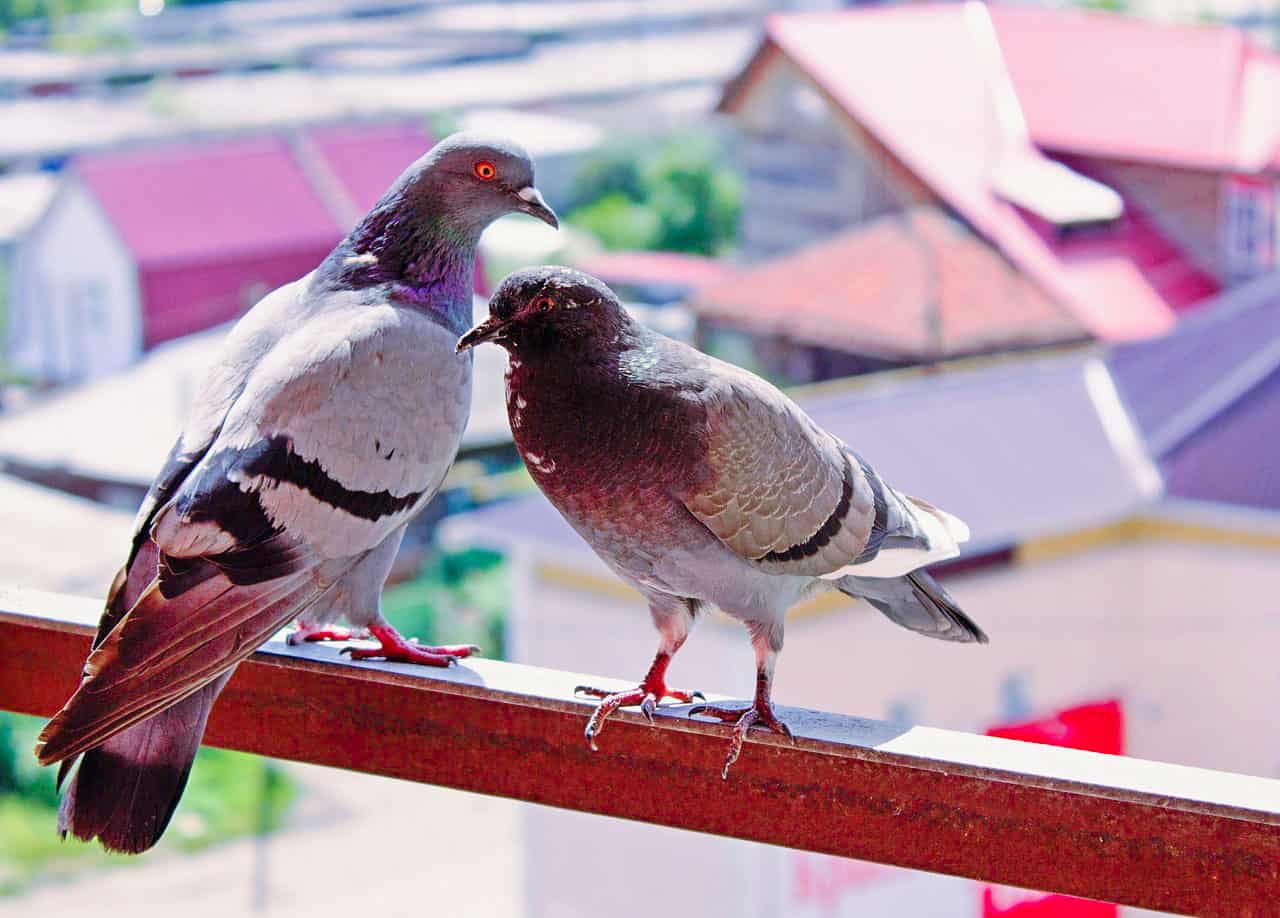



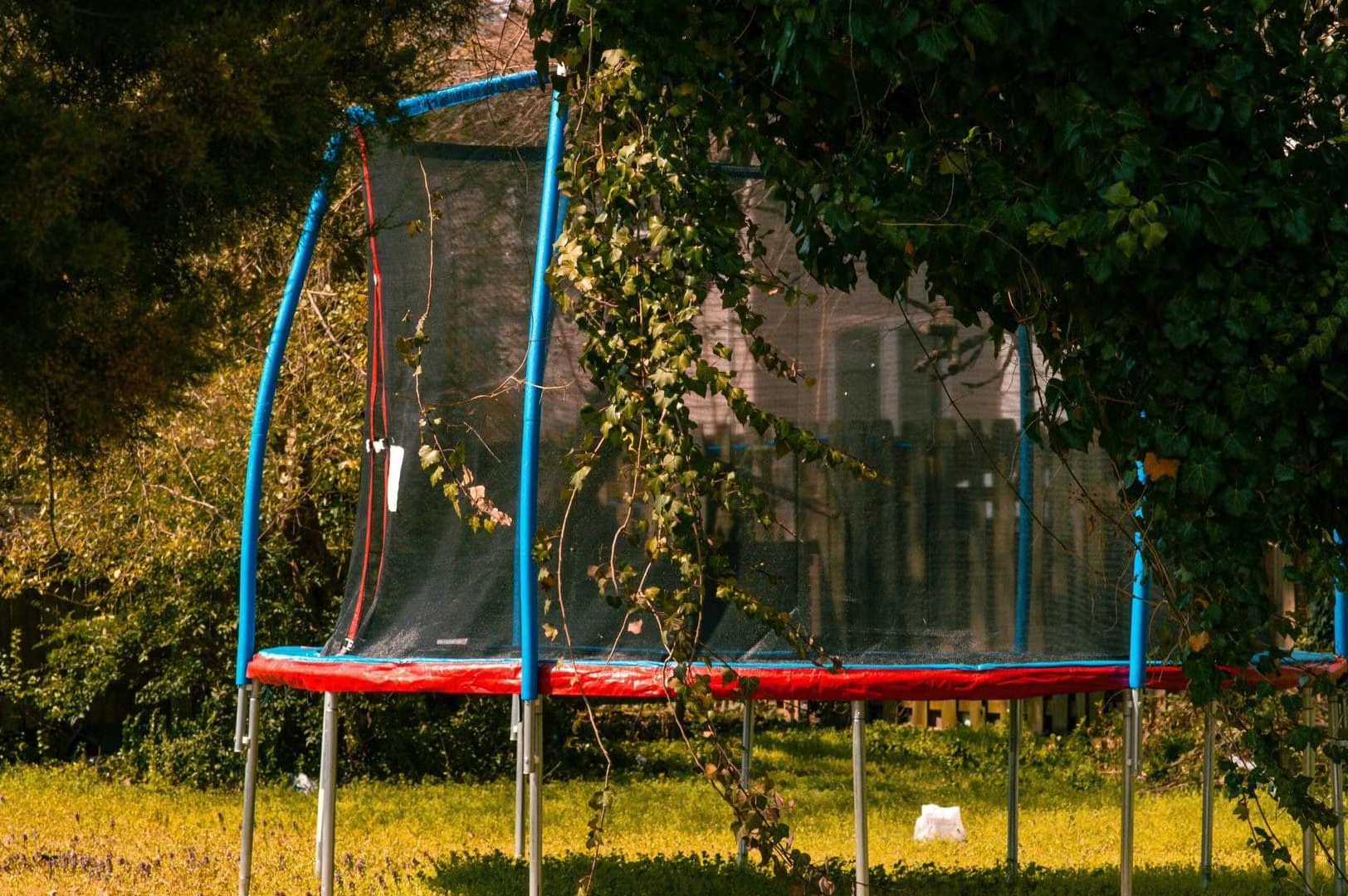
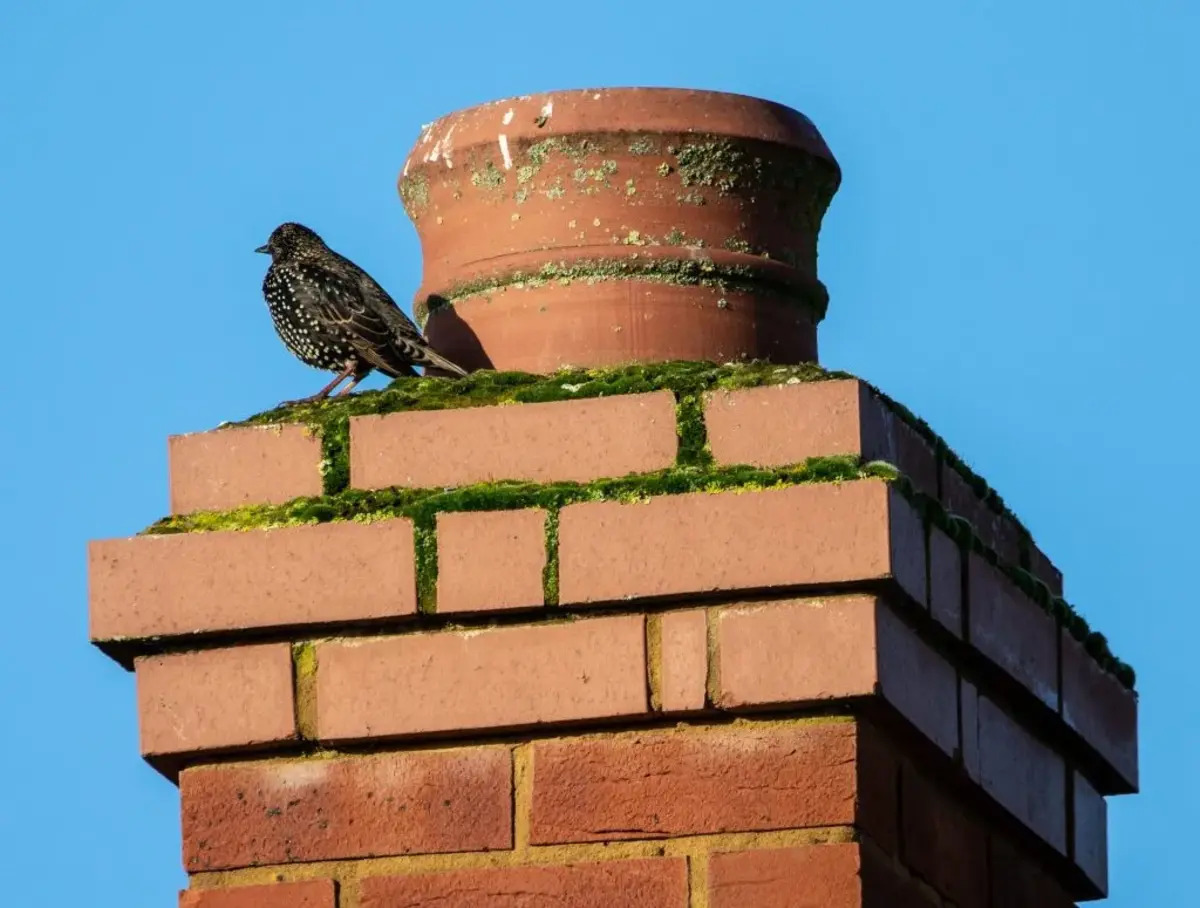
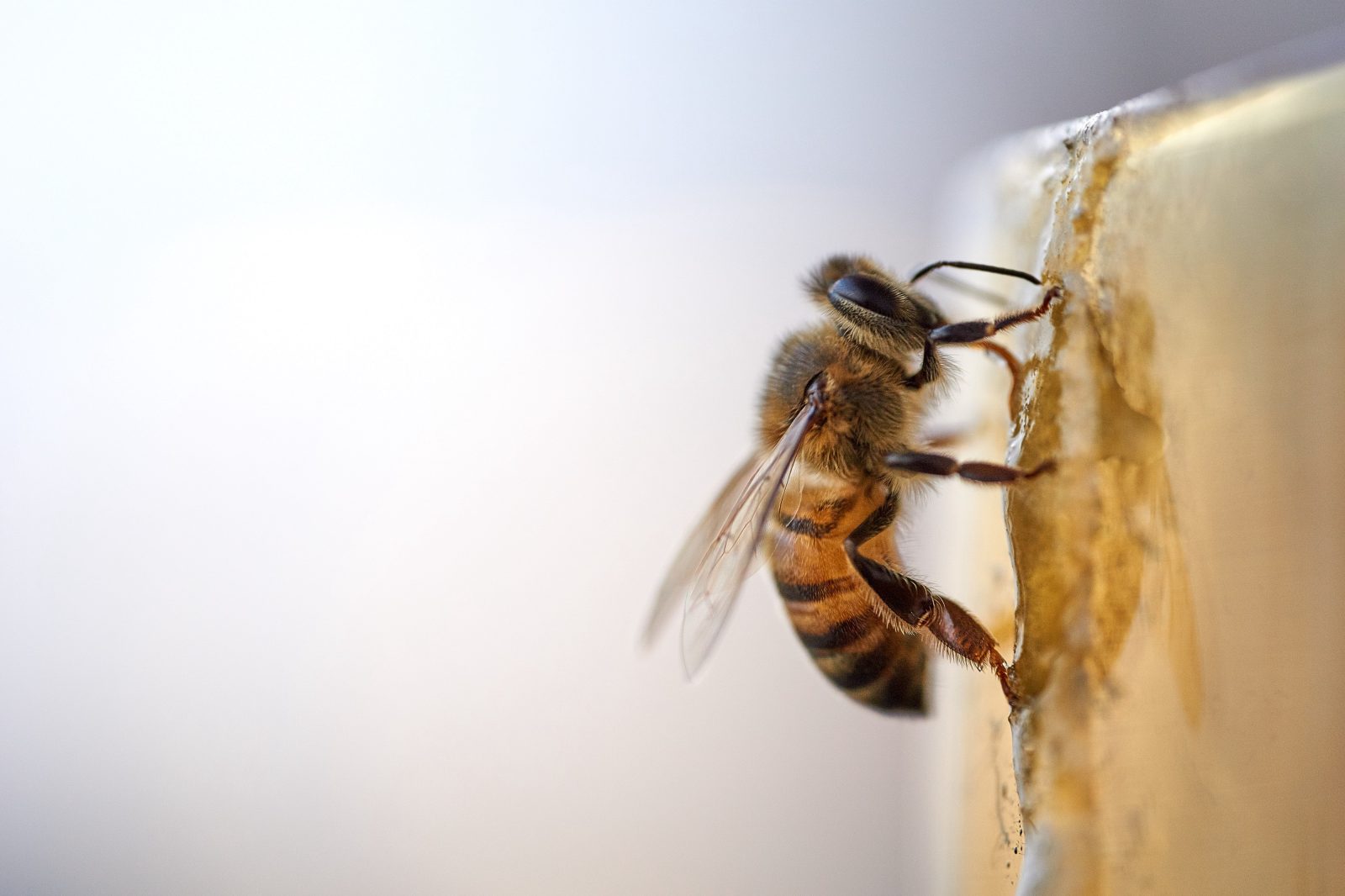
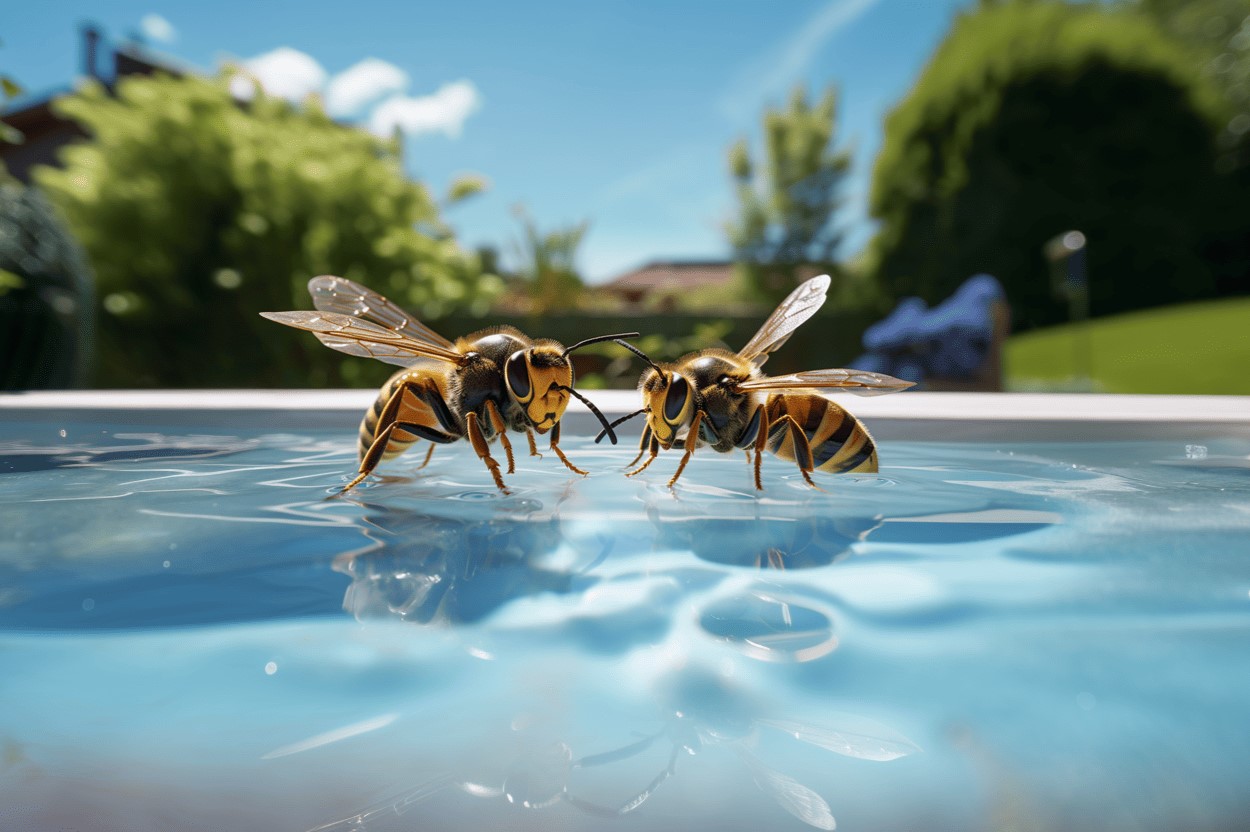
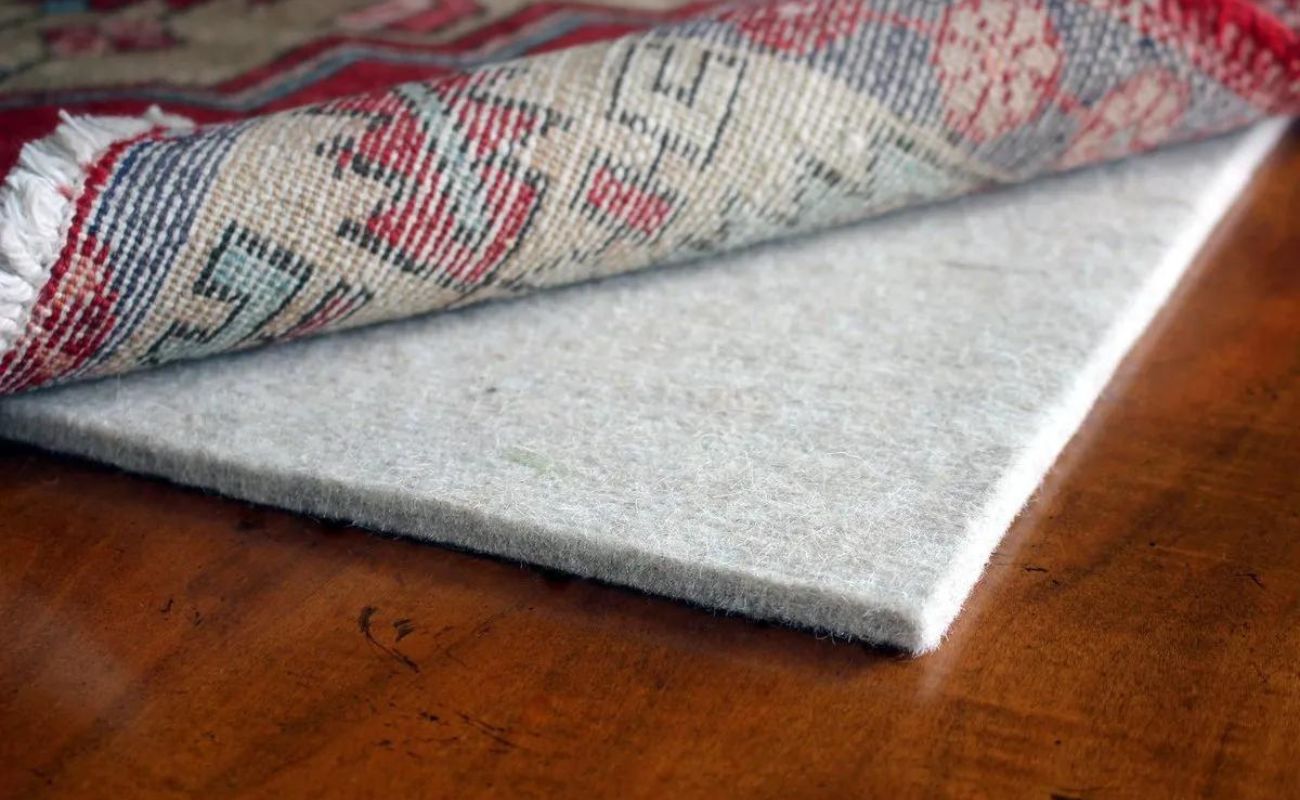
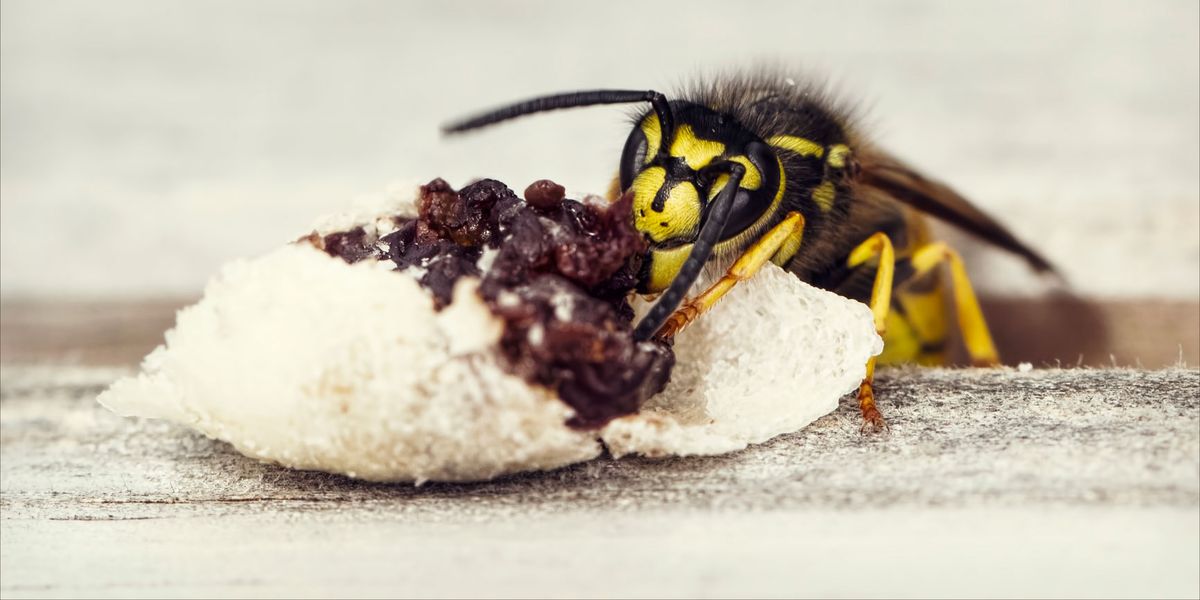
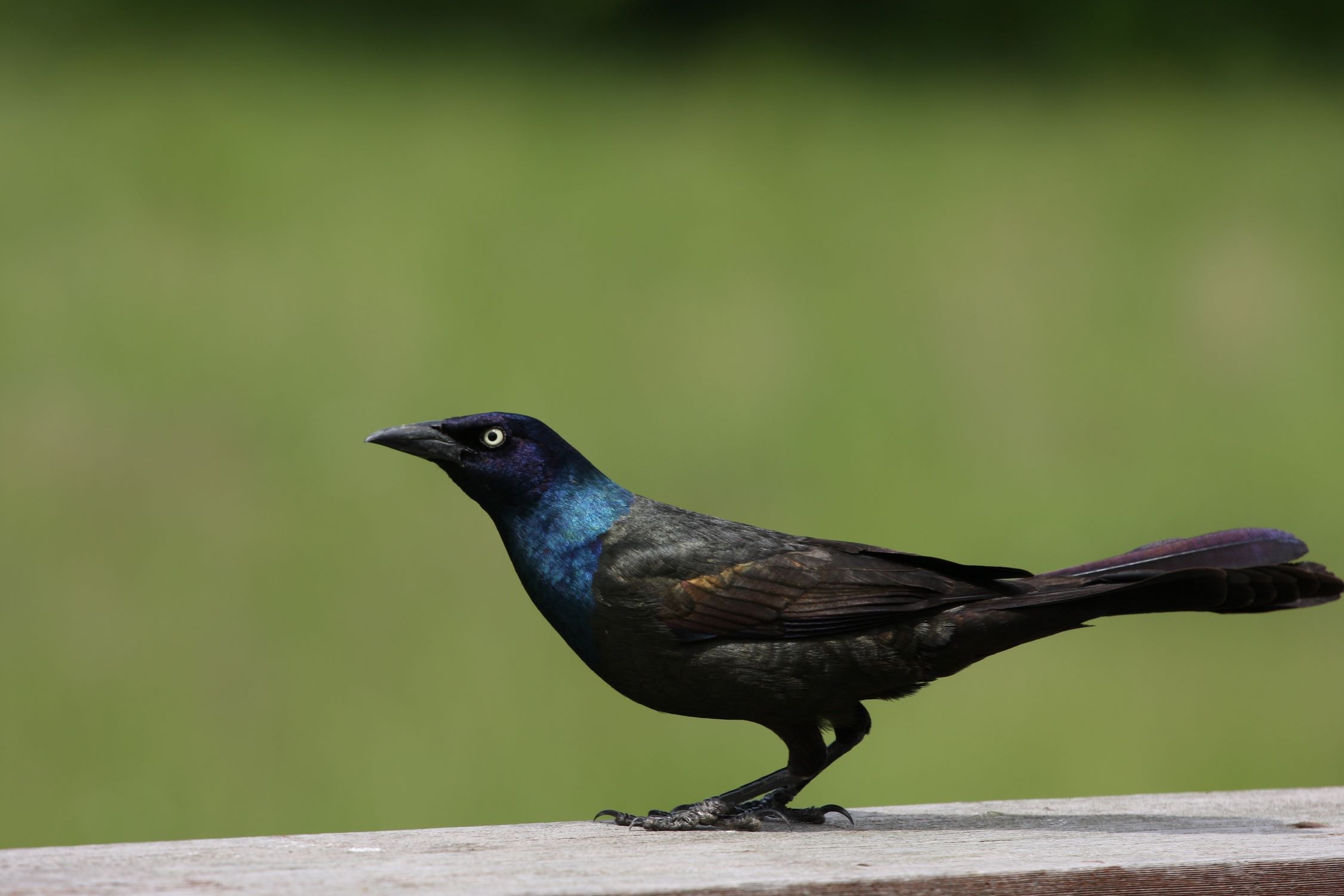

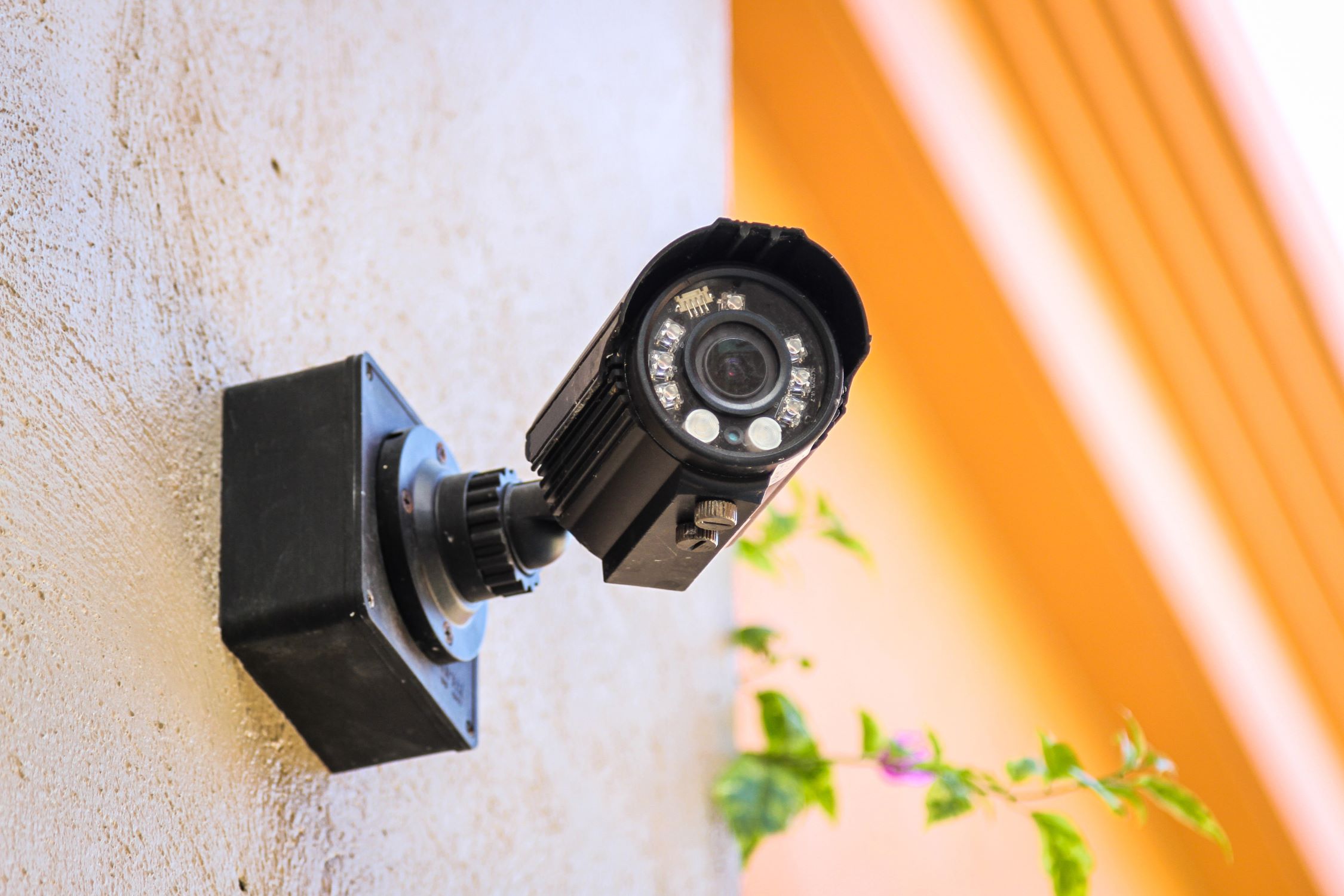

0 thoughts on “How To Keep Bats Away From Eaves”